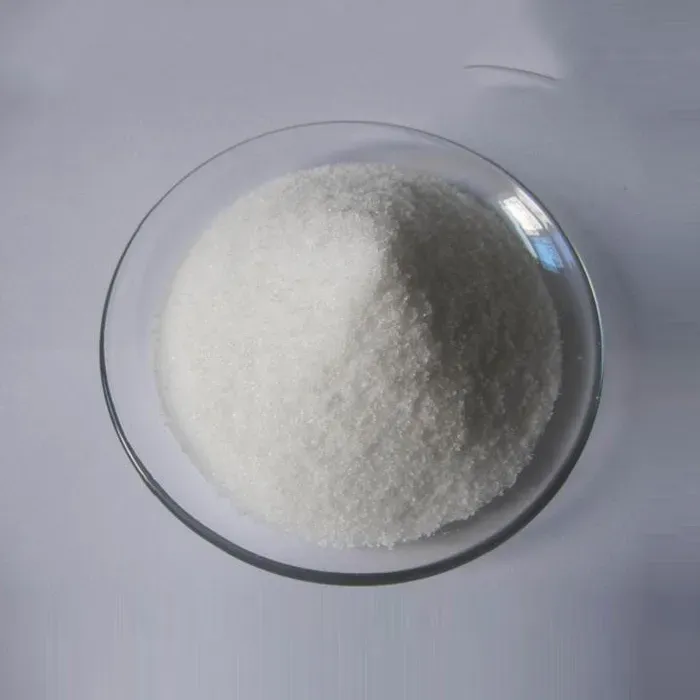Ammonium Sulphocyanide Its Properties, Uses, and Importance
Ammonium sulphocyanide, also known as ammonium thiocyanate, is an inorganic compound with the formula NH4SCN. This salt is composed of ammonium cations (NH4⁺) and thiocyanate anions (SCN⁻). It is a white crystalline substance that is highly soluble in water, making it an interesting chemical with various applications.
Chemical Properties
Ammonium sulphocyanide has distinct physical and chemical properties. In its pure form, it appears as white to slightly yellow crystals. One of its most notable characteristics is its high solubility in water, which can facilitate numerous chemical reactions. The compound exhibits deliquescence, meaning it can absorb moisture from the air and dissolve in it to form a solution. This property makes it essential for various laboratory applications where a concentrated solution is required.
On the molecular level, the ammonium portion of ammonium thiocyanate facilitates the formation of hydrogen bonds with water molecules, enhancing its solubility. The thiocyanate group, which consists of a sulfur atom bonded to a carbon atom and a nitrogen atom, imparts unique reactivity to the compound. Due to the presence of the thiocyanate ion, ammonium thiocyanate is involved in a range of chemical reactions and can act as a source of thiocyanate ions in various chemical syntheses.
Applications
Ammonium sulphocyanide finds its use in multiple fields, ranging from industrial applications to laboratory research. One of the prominent uses of this compound is in the field of agriculture. It acts as a nitrogen fertilizer, providing crops with essential nutrients for growth. Nitrogen is a critical component of amino acids, which are the building blocks of proteins, thereby playing a vital role in plant health and productivity.
ammonium sulphocyanide

In the chemical industry, ammonium thiocyanate serves as a reagent in various synthesis reactions. It is commonly employed in the production of other thiocyanate compounds, including those used in dye manufacturing and pharmaceuticals. The compound is useful for generating metal thiocyanates, which possess unique properties and are used in analytical chemistry.
Moreover, ammonium sulphocyanide is often utilized in laboratories as a chemical reagent and in analytical techniques. It helps in the detection of certain metal ions through the formation of colored complexes, which can be quantitatively measured. This property makes it an essential tool in analytical chemistry laboratories.
Another intriguing aspect of ammonium sulphocyanide is its role in cryoscopy, where it is used to lower the freezing point of water in laboratories. This makes it valuable in biological and biochemical experiments requiring low temperatures. Its ability to create a cryogenic environment can support various studies involving temperature-sensitive reactions.
Safety Considerations
While ammonium sulphocyanide is widely used, it is essential to handle it with care. The compound is considered to be toxic in significant quantities, and safety measures should always be adhered to when working with it. Inhalation or ingestion can pose health risks, and prolonged exposure may lead to respiratory issues or gastrointestinal distress. Therefore, handling ammonium thiocyanate in well-ventilated areas, utilizing personal protective equipment, and following proper disposal protocols is essential.
Conclusion
In summary, ammonium sulphocyanide is a versatile inorganic compound with various applications across different fields, notably in agriculture, industrial chemistry, and analytical laboratories. Its distinctive properties, such as high solubility and reactivity, make it a valuable substance in many chemical processes. While it plays a significant role in advancing research and agricultural practices, safety should always be a priority when handling this compound. As we continue to explore new applications and reactions involving ammonium thiocyanate, its importance in both scientific research and industry is likely to grow. Understanding this compound’s characteristics and uses can lead to innovative developments in chemistry and agriculture.

